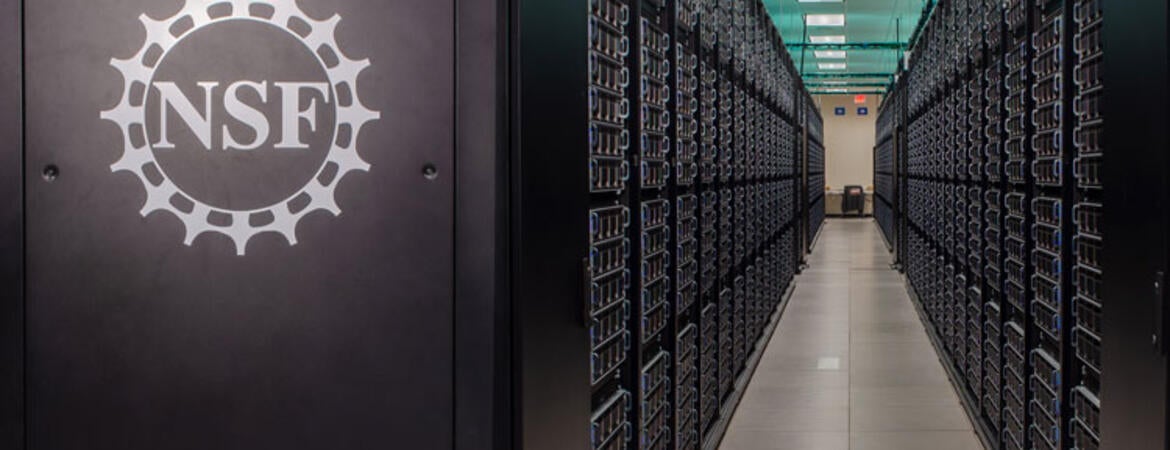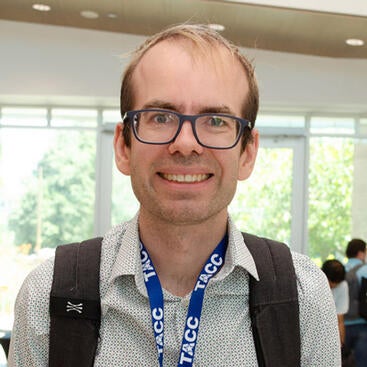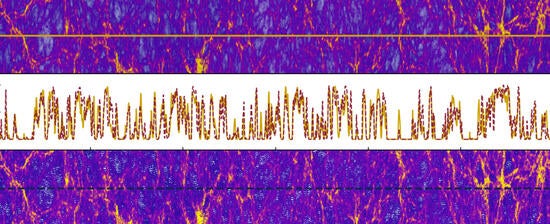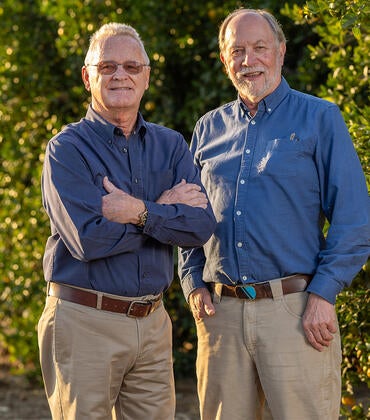
Distant quasars — massive celestial objects that emit large amounts of energy — make the brightest light in the universe. Using quasar light data, the National Science Foundation-funded Frontera supercomputer at the Texas Advanced Computing Center, or TACC, helped UC Riverside astronomer Simeon Bird develop PRIYA, the largest suite of hydrodynamic simulations made for simulating the large-scale structure of the universe.
“We’ve created a new simulation model to compare its data with observations from the real universe,” said Bird, an assistant professor of physics and astronomy, who led the research project.
Quasar light reveals clues about the large-scale structure of the universe, on the scale of 20 million light years across or more, as it shines through enormous clouds of neutral hydrogen gas formed shortly after the Big Bang.
PRIYA, which Bird and his colleagues previously announced in an article in the Journal of Cosmology and Astroparticle Physics, uses optical light data from the Extended Baryon Oscillation Spectroscopic Survey, or eBOSS, of the Sloan Digital Sky Survey. Bird explained how PRIYA is used.
“You compare eBOSS data to a variety of simulation models with different cosmological parameters and different initial conditions to the universe, such as different matter densities,” he said. “You find the model that works best and how far from it you can deviate without breaking the reasonable agreement between the data and simulations. This knowledge tells you how much matter and structure there is in the universe.”
The PRIYA simulation suite is connected to a large-scale cosmological simulation co-developed by Bird, called ASTRID, which helps study galaxy formation, the coalescence of supermassive black holes, and the re-ionization period early in the history of the universe. PRIYA goes a step further by taking the galaxy information and the black hole formation rules found in ASTRID and changing the initial conditions.
“With these rules, we can take the model we developed that matches galaxies and black holes, change the initial conditions, and compare it to the Lyman-𝛼 forest data from eBOSS of the neutral hydrogen gas,” Bird said.
The ‘Lyman-𝛼 forest’ gets its name from the ‘forest’ of closely packed absorption lines on a graph of the quasar spectrum resulting from electron transitions between energy levels in atoms of neutral hydrogen. The ‘forest’ indicates the distribution, density, and temperature of enormous intergalactic neutral hydrogen clouds.
“Supercomputers were needed for the PRIYA simulations,” Bird said. “The memory requirements are so big that you cannot put them on anything other than a supercomputer.”
TACC awarded Bird a Leadership Resource Allocation on the Frontera supercomputer. Additionally, analysis computations were performed using the resources of the UC Riverside High Performance Computer Center, which is directed by Thomas Girke, a professor of bioinformatics.
The PRIYA simulations on Frontera are some of the largest cosmological simulations yet made.
“The supercomputer needed to be big enough that we could run one of these simulations fairly easily, and we needed to run a lot of them,” Bird said. “Without something like Frontera, we wouldn't be able to solve them. It's not that it would take a long time — they just they wouldn't be able to run at all.”
Above article is a revised version of a University of Texas at Austin press release.
Header image: TACC’s Frontera, the fastest academic supercomputer in the U.S., is a strategic national capability computing system funded by the National Science Foundation. (University of Texas at Austin)





